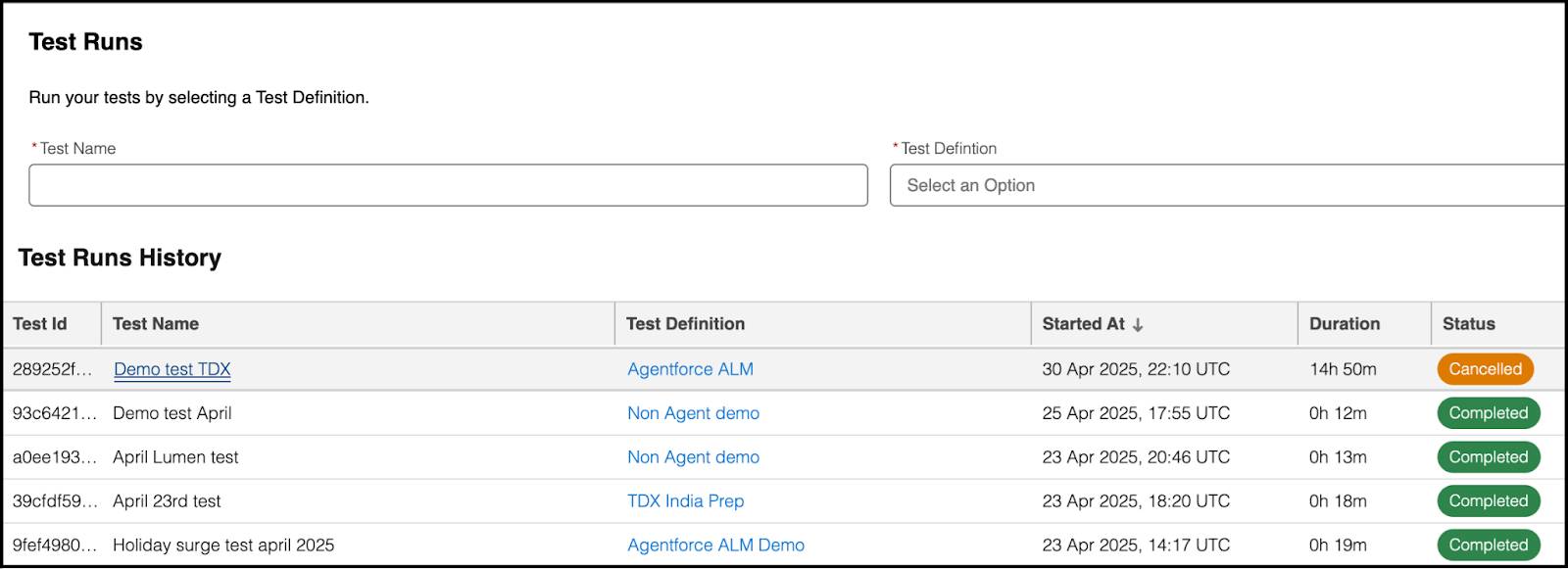Monitor and Analyze
Learning Objectives
After completing this unit, you’ll be able to:
- Monitor performance during and after tests.
- Explain how to analyze test results to identify and resolve performance issues.
You’ve done some great work and now the focus is on monitoring and analyzing the results of your test. Monitoring and analysis are crucial for identifying performance issues and optimizing your application. A great motto to keep in mind is, “Optimize, test, then optimize again!”
Define Why Monitoring and Analysis Are Important
- Issue identification: Monitoring helps you identify performance issues as they occur, allowing you to take immediate action.
- Optimization: Analysis helps you understand the root causes of performance issues and make informed decisions to optimize your application.
- Continuous improvement: By monitoring and analyzing your tests, you can continuously improve your application's performance and reliability.

Steps to Monitor and Analyze Performance
Effective analysis relies on centralized, real-time insights during execution. This allows you to pinpoint bottlenecks and root causes.
Set Up Monitoring |
|
|---|---|
Analyze Results |
|
Implement Improvements |
|
Use Case: Scale Center Investigation
After running your full-scale test, you use Scale Center to analyze bottlenecks in the checkout and chatbot handoff flows. You create and analyze an investigation in Scale Center. You discover that post-insert Apex logic on the Case object causes CPU time spikes. ApexGuru flags inefficient nested loops in trigger logic. You refactor the code and rerun the test to confirm latency and EPT improvements across high-volume paths.
Key Takeaways
Scale testing requires more than just simulating load, it demands a disciplined, production-informed approach that involves these best practices.
- Use production intelligence to define hot spots.
- Model realistic user journeys with controlled workloads.
- Validate environments with trial runs and baseline comparisons.
- Automate test data creation and cleanup for consistency.
- Centralize analysis in Scale Center and prioritize percentile-based metrics.
- Expand beyond load tests to endurance and stress scenarios.
By embedding these practices into your process, you ensure not only technical readiness but also business confidence in your application’s ability to perform under real-world conditions.